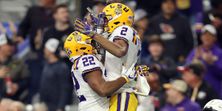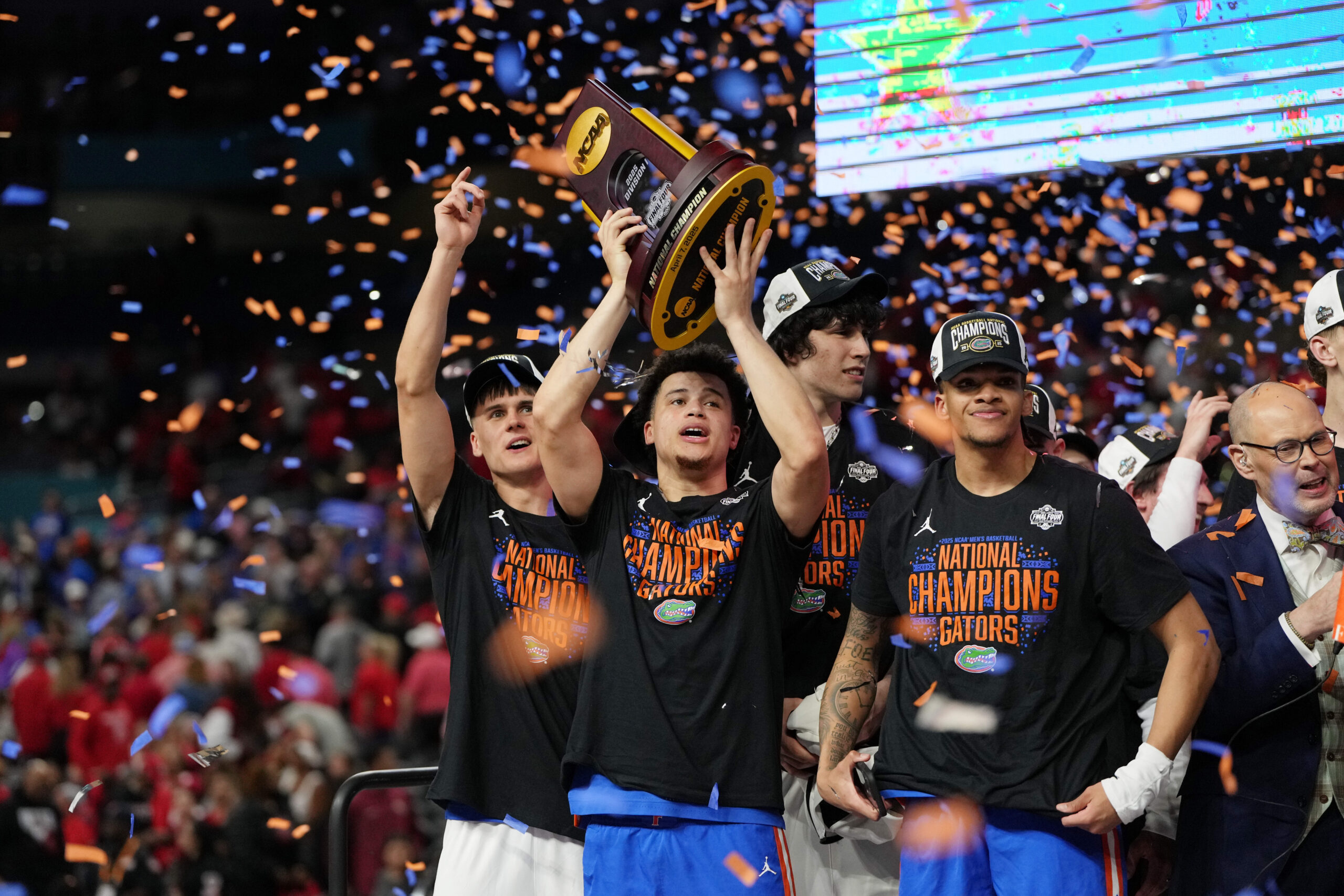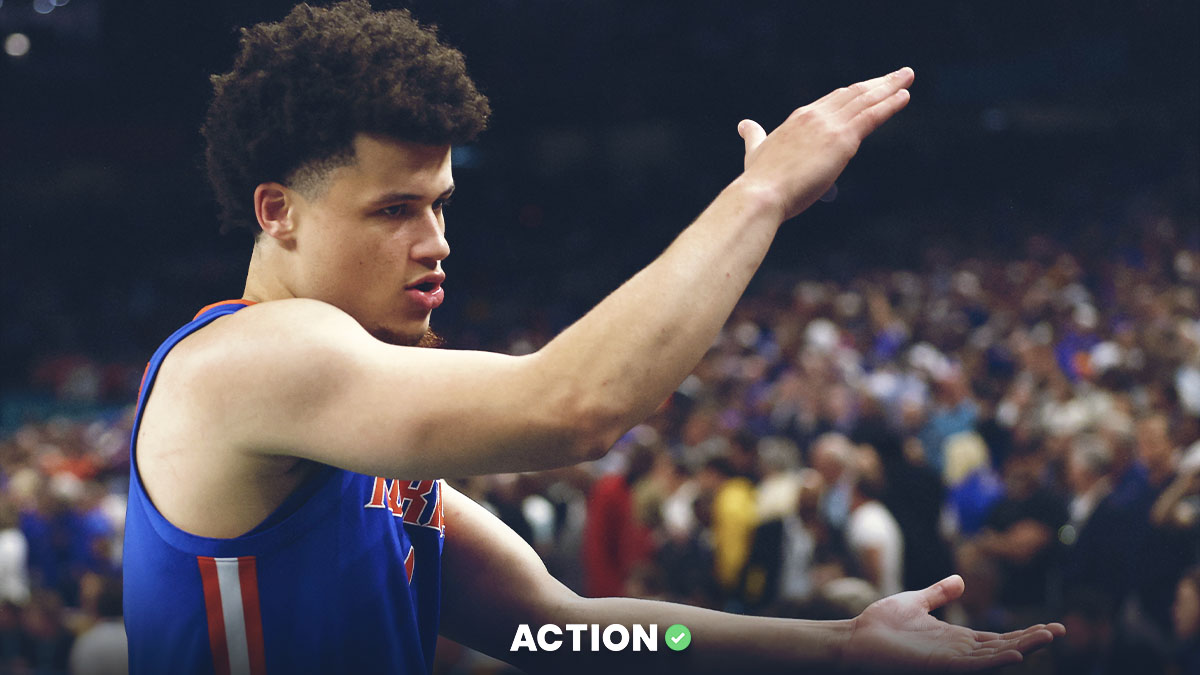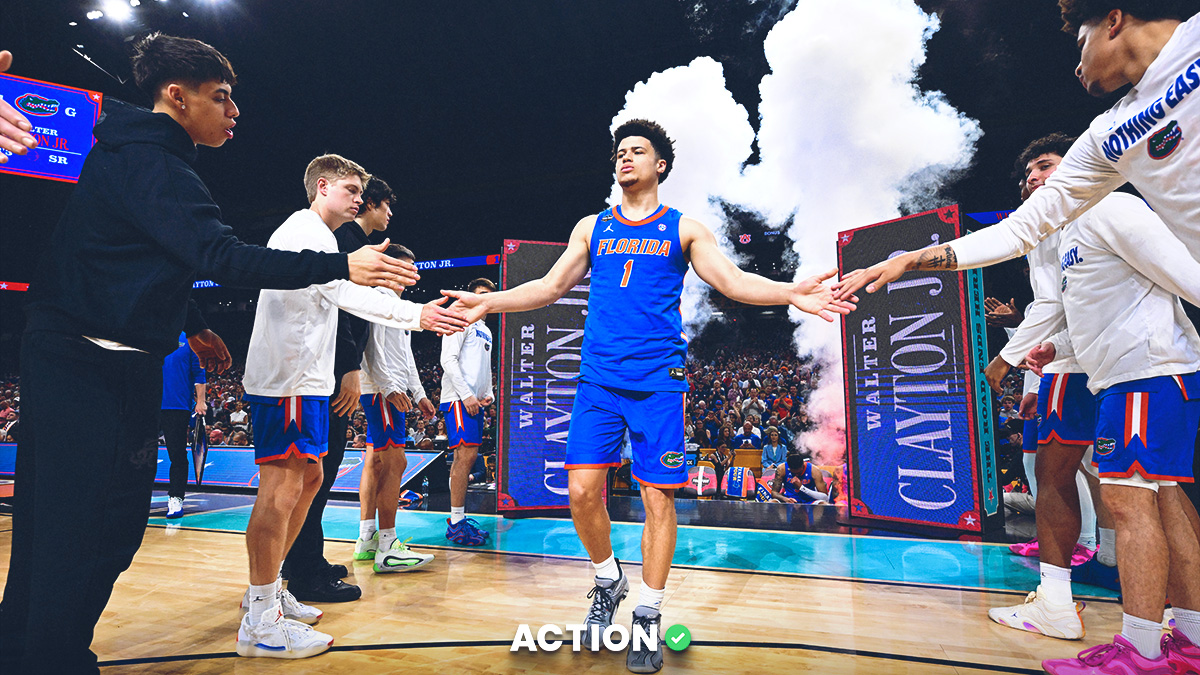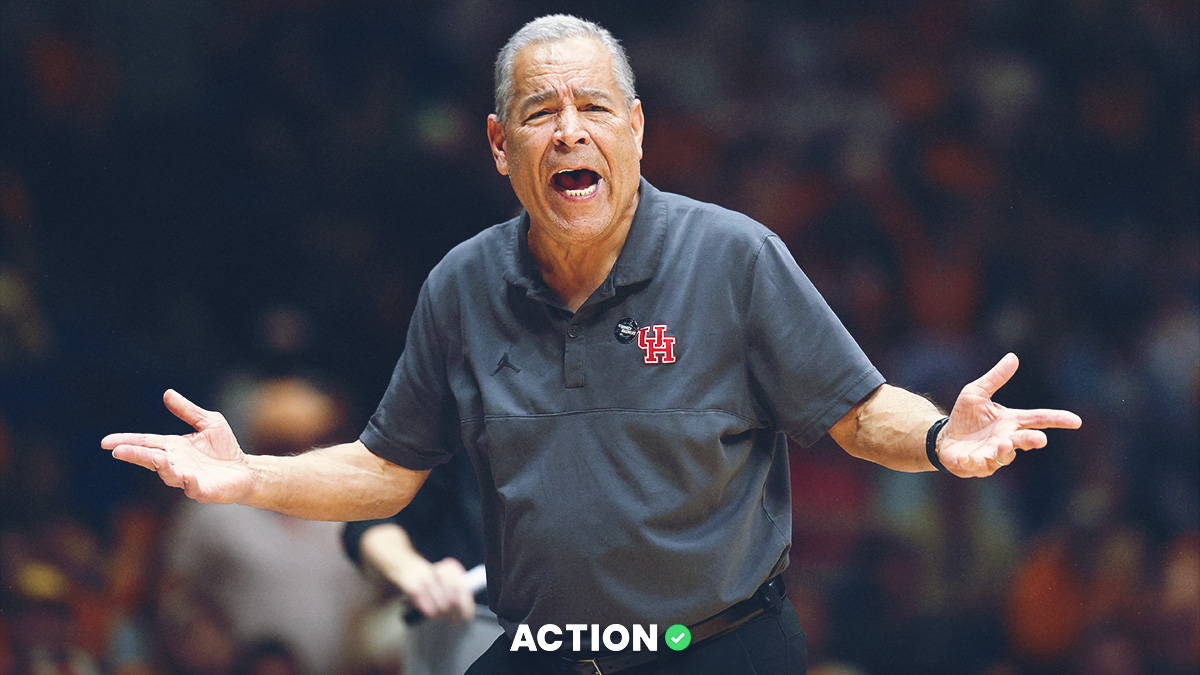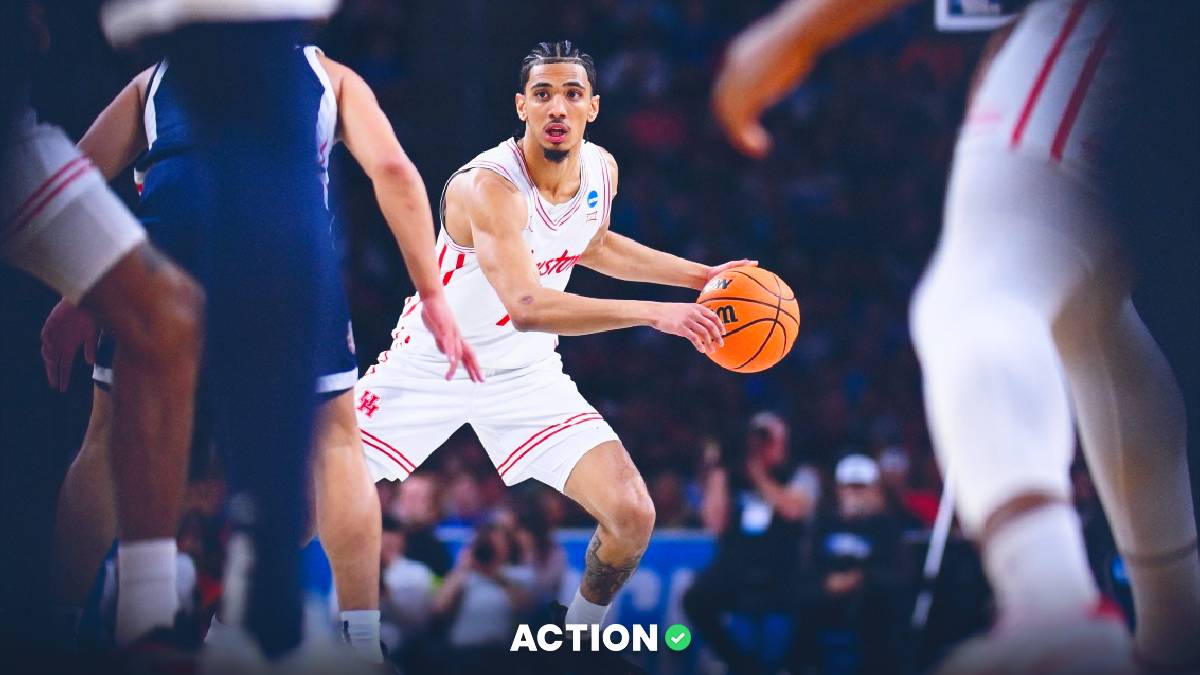The NCAA Board of Governors took a major step on Wednesday as they recommended allowing athletes to capitalize financially on their name, image and likeness.
Formal rules would have to be put in place and they would need to be voted on, but the principle is there. Finally.
Now, for the bad news.
The NCAA put forth 31 pages of gobligook to explain how things might work, which reads as trouble because it falls of short of putting a workable plan into action. Since the NCAA couldn't come up a solution for this conundrum, I will try to do it for them.
Here are my guidelines for how players should be paid for endorsements and the use of their image and likeness:
- To address the main concern of schools handling such endorsements or boosters using this as a screen to influence a player to go to a particular school, member schools will create a single, national clearinghouse for all of these opportunities. The clearinghouse will be paid for by the NCAA and its member schools. No funds to create the clearinghouse will be taken from student athletes.
- This clearinghouse will have 5-10 people solely responsible for clearing deals for all schools.
- Before the season, all student-athletes who plan on taking part in the program should submit their personal details, including address and social security number to the clearinghouse. They will receive a 1099 for any income, which is now taxable. We��re going to assume that parameters will be put in place so that accepting any money won’t make their scholarship or grant money taxable.
- Social media deals, as well as endorsement deals. will have an online form that will go to the clearinghouse. The form includes the player's name, school, contract of terms, company and whether the company has any of its top executives as a booster of the school.
- Social media and endorsement deals must be commensurate to an athlete’s following and appeal. All deals that make sense within this construct. Social media deals larger than $1,000 per post or endorsement deals larger than $5,000 will be flagged.
- Deals that are not flagged are guaranteed to be reviewed, approved and communicated within school within a certain timeline. Straightforward social media deals will be approved in 48 hours, endorsement deals will be approved within a week.
- Everything that is included for the athlete in a given deal must be included in the contract. Failure to disclose additional jobs or additional pay can result in sanctions.
- Schools will now be permitted to put names on the back of jerseys. In fact, they have to now to avoid royalty confusion (Example: Kyler Murray was No. 1 for Oklahoma in 2018, then Jalen Hurts was in 2019). Players get five percent of the gross royalty, while school gets five percent. For example, on an $80 jersey (gross price is $40), a player gets $2 and a school gets $2.
- All retailers are prohibited from selling more than five jerseys to one family per week. Friends and families of players can fill out a special form that will run through the clearinghouse for mass orders of jerseys. Once approved, a family will be given a code to order through a retailer. Retailers that are found to have violated sales agreement risk losing their ability to sell school-licensed apparel.
- Payment must run through the clearinghouse to the player. No payment can be cut from the school to the player, from a company to a player or from an employee to a player. Players may only receive a check from the clearinghouse and in the clearinghouse’s name. Players will be paid within 30 days of company payment received. Accepting any other compensation is subject to sanction.



